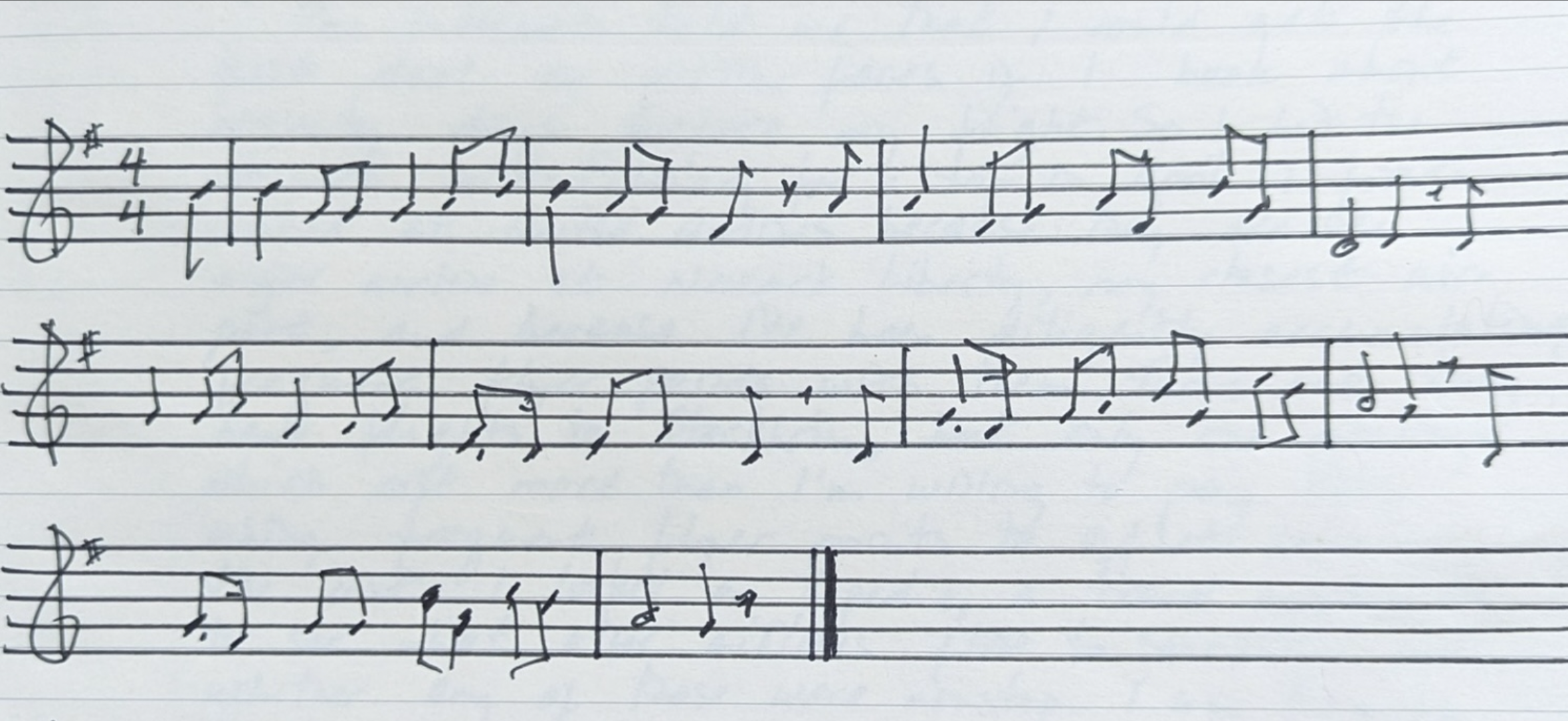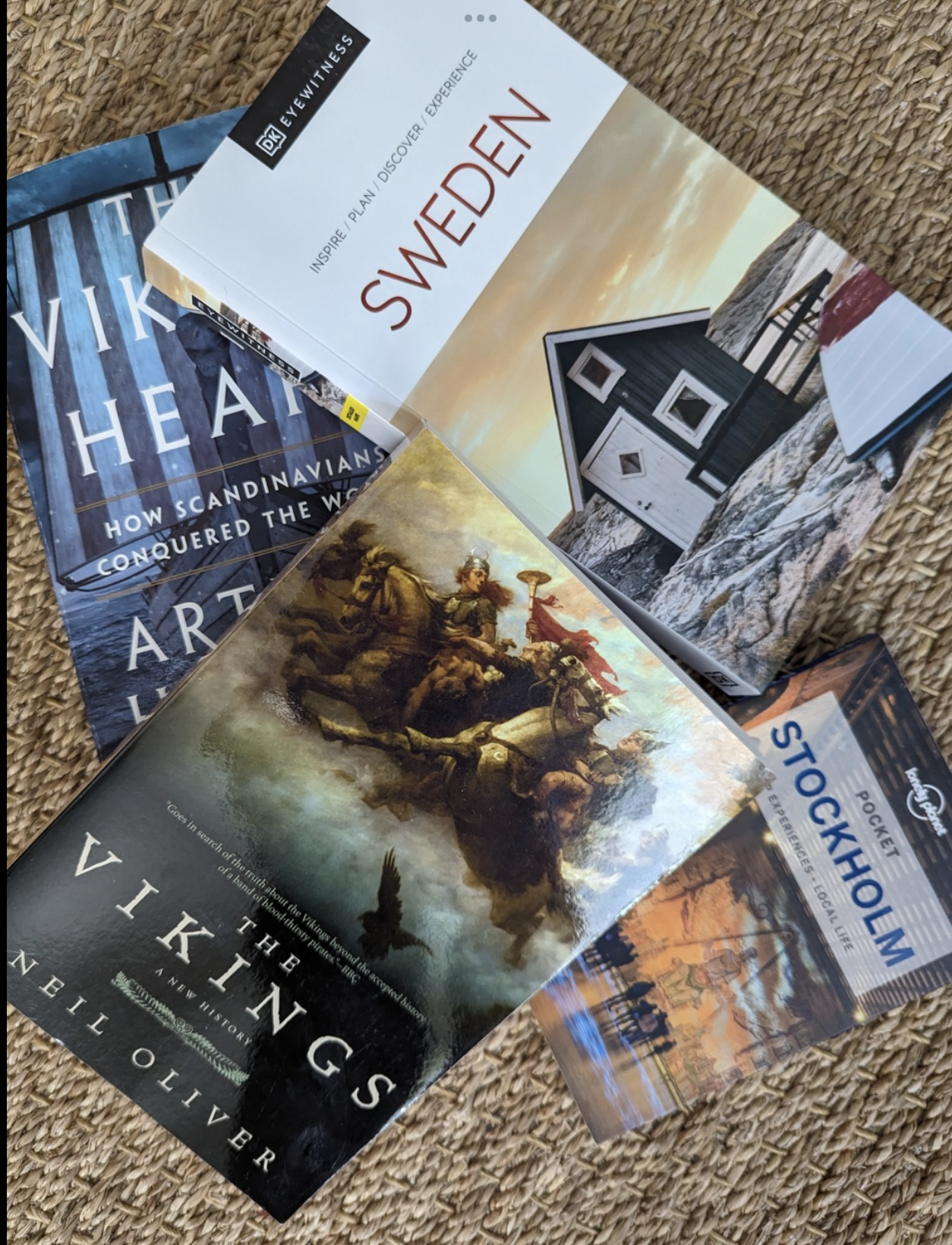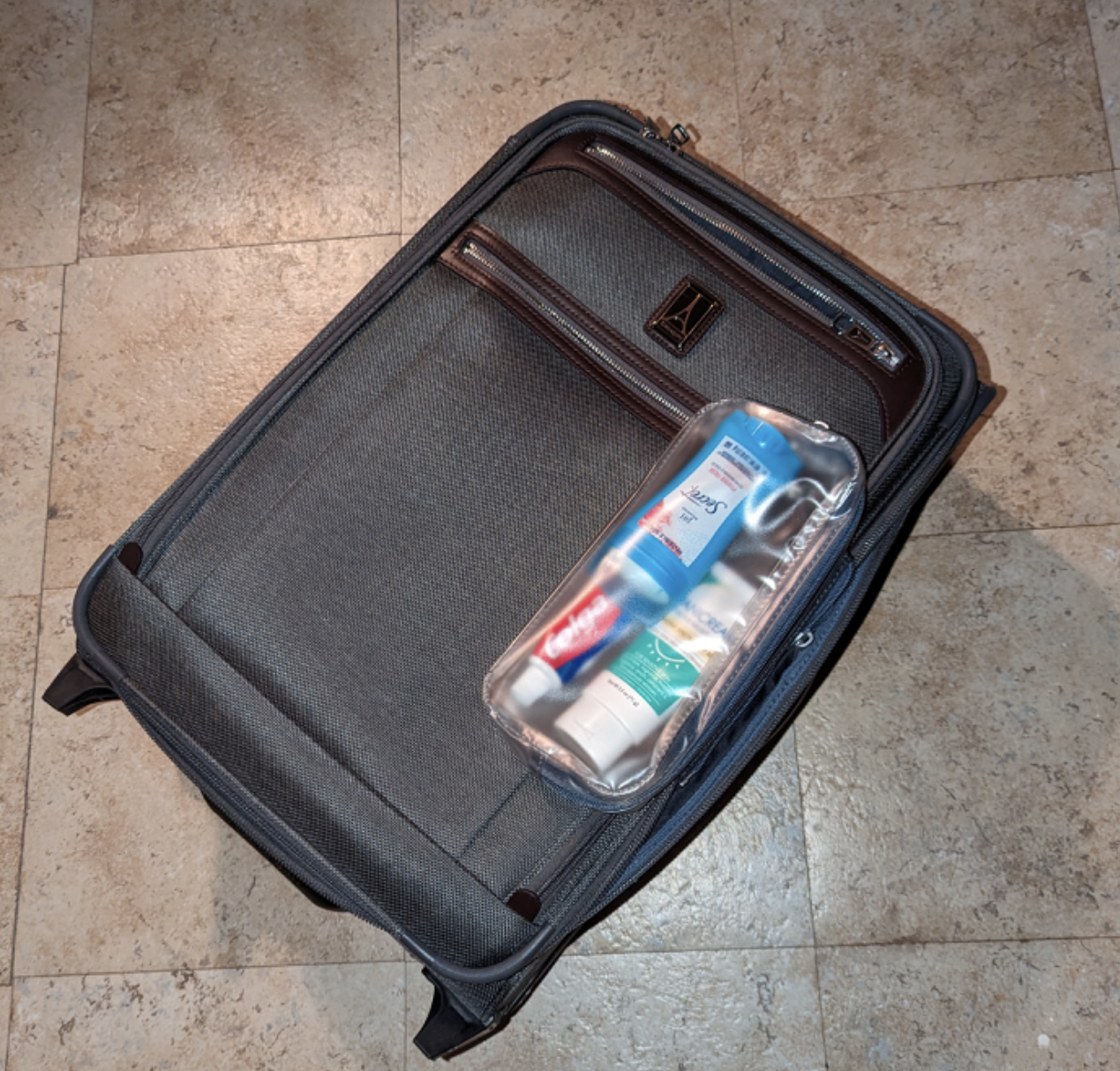GOfeig, CC BY-SA 3.0, via Wikimedia Commons
I watched all of the Vikings TV series when it came out. Great series, great production, lots of fun, but also lots of fighting, blood, and gore. If you don’t mind that sort of thing, I recommend it to everyone. The producers also tried to depict a little of the social structure of this Viking society that casual viewers might not know about. For example, the opening episodes depict the fact that Vikings went on raids eastward into Russia as well as westward to Scotland and England. They show the existence of slavery in Viking society in the person of Athelstan, played by George Blagden.
TV entertainment aside, after doing some reading about Viking history, I came away with a few general impressions. This is not a formal presentation of Scandinavian history. There are no footnotes here. These are simply some things that struck me as interesting.
To start with, I get the general sense that the Vikings were basically businessmen with violent tendencies. They obviously enjoyed raiding and the blood and battle it entailed. They were very good at it, as evidenced by the destruction they left in their wake. But one has to remember why they started raiding to begin with. They weren’t just going out and looking for things to smash up. They were looking for stuff. Stuff to steal. Jewelry, precious metals, commodities. And farmland. There was plenty to find. Besides these kinds of physical riches, they also captured people. Slaves. Some were brought home to Scandinavia to work on farms. The rest were sold. It was a very lucrative business. Vikings were a big presence in the slave trade of the time.
They were intrepid explorers in the strongest sense of the word. Anywhere their ships could take them was fair game. And since their ships were uniquely designed to navigate the open ocean and also inland waterways, the whole world was at their feet. They went west across the North Sea to Scotland, then further across the Atlantic to Iceland. Then Greenland. Then North America. They went east across the Baltic to modern day Russia, then sailed south on the inland river system to Ukraine, on to the Black Sea and into the Middle East. They sailed south from the British Isles to the Mediterranean and North Africa. Archaeologists working on Viking era dig sites have found artifacts from all over the world, including India and China. The Scandinavian trade network was amazingly expansive.
I’m also struck by the status of women in Viking society. Not that women had the same legal rights as men. (Where do we ever?) But they were not so completely bereft of legal protection as in the feudal societies of Continental Europe to their south. The most crucial difference to my mind is, in Scandinavian lands, women could inherit and own property. Of course, property was still inherited through the male line. But when there were no male heirs left, the women of the family would become heirs.
A story illustrating this state of affairs is recounted in an 11th century rune stone (pictured above), the Hillersjö stone in Uppland, Sweden. Translated it says:
Read! Germund got Gerlög, a maiden, as wife. Then they had a son before he [Germund] was drowned and then the son died. Thereafter she got Gudrik as her husband. He [ … ] this [text damaged here, but probably referring to the acquisition of Hillersjö]. Then they had children but only one girl survived, her name was Inga. Ragnfast of Snottsta got her as wife. Thereafter he died and then the son. And the mother [Inga] inherited from her son. Then she had Eirík as her husband. Then she died. Then Gerlög inherited from Inga, her daughter. Thorbjörn the skald carved the runes.
To summarize: Gerlög marries Germund and has a son. Both Germund and the son die. At this point, Gerlög inherits their property. She then marries Gudrik. They have children, but only their daughter Inga survives. Gerlög now inherits Gudrik’s property. Inga marries Ragnfast and they have a son. Ragnfast dies and their son inherits the land. Then the son dies and Inga inherit’s the land from him. Inga goes on to marry Eirik, who later dies, leaving his property to Inga. Then Inga dies, leaving Inga’s property to Gerlög.
Think of how this would have played out in Medieval England or France. Male relations would have swooped in to gobble up the dead mens’ lands as soon as the first husband dies, leaving widows and daughters to their own devices.
But here, outliving her husbands and children and grandchildren, Gerlög ends up inheriting the land of four families.
The final observation I have is how feudalism developed differently in Scandinavia than elsewhere. In particular, the institution of serfdom didn’t really take off in the northern countries. Professional historians probably have a better answer than any I found. I’ve read a number of theories both in books and on the internet. None of them offers a complete explanation. Factors mentioned include the relatively sparse population of the northern countries. There wasn’t enough manpower to support an economic structure beholden to a small number of elites. There’s also mention of the freedom of movement. There was a lot of open territory, and aristocrats couldn’t prevent people from moving to uncultivated lands when they felt like it. How do you force people to work your land when they can just up and leave?
As I said, professional historians probably have a more complete picture.
However, to these speculations, I would add a personal opinion: The lower echelons of Scandinavian society inherited an efficient structure of self-government. They’d been managing their local affairs for centuries through a system of mini-parliaments. They had no need thank-you-very-much for aristocratic or religious authorities to help them settle disputes or lay down the law. They may have needed the land to farm, but they needed very little else to maintain their society. Anyone trying to impose their will on this bunch would have met with a citizenry ready to defend it, a citizenry steeped in the Viking warrior tradition.




